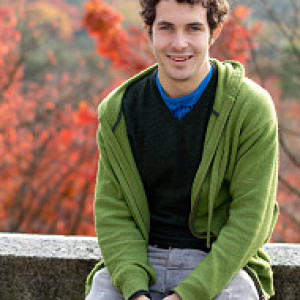Crystal Chemistry
Now RIKEN has renewed its funding, and as a result, all the old centres are rearranged and renamed, whilst all the people who work there carry on as before. We were in the plant science centre, and have now entered an 'arranged marraige' with the organic chemistry centre (to paraphrase the new centre's director), to for the centre for sustainable resource science. We had a retreat to start the centre, which was a day of biology lectures followed by a day of chemistry lectures. The idea is to foster (force) collaboration, mainly through ringfencing funds for joint projects. This is a good idea, but in practice most projects don't fit together like jigsaw piece (or so it seems to me, a rookie).
Screening plants with chemical libraries to see which of them mimic hormones/improve nutrient uptake/toxin resistance is probably the most obvious form of cooperation, and some people I know are setting such projects up now. We also got a tour of the chemistry labs, lots of glove boxes (like for handling radioactive stuff in the Simpsons) with nitrogen or argon atmospheres to protect reactive catalysts. This bit of kit is for X-ray crystallography, in which you immobilize your molecule of interest (often a protein these days), then fire an X ray beam into the crsystal. Your molecule (s, there are lots of them in the crystal) alter the course of the X-ray by diffraction. The pattern of diffraction corresponds to the distribution of electrons within your molecule, and from this you (or rather, a chemist or a supercomputer) can figure out the shape of your molecule. It is most famous for being used in the discovery of DNA, and it was cool to see the machine at last. It was attached to another machine which can make liquid nitrogen out of air (used to cool the crystals so the atoms vibrate less to give a clearer picture). Go science!
Bye Barbara
- 0
- 0
- Sony SLT-A55V
- 1/100
- f/1.4
- 50mm
- 400

Comments
Sign in or get an account to comment.


